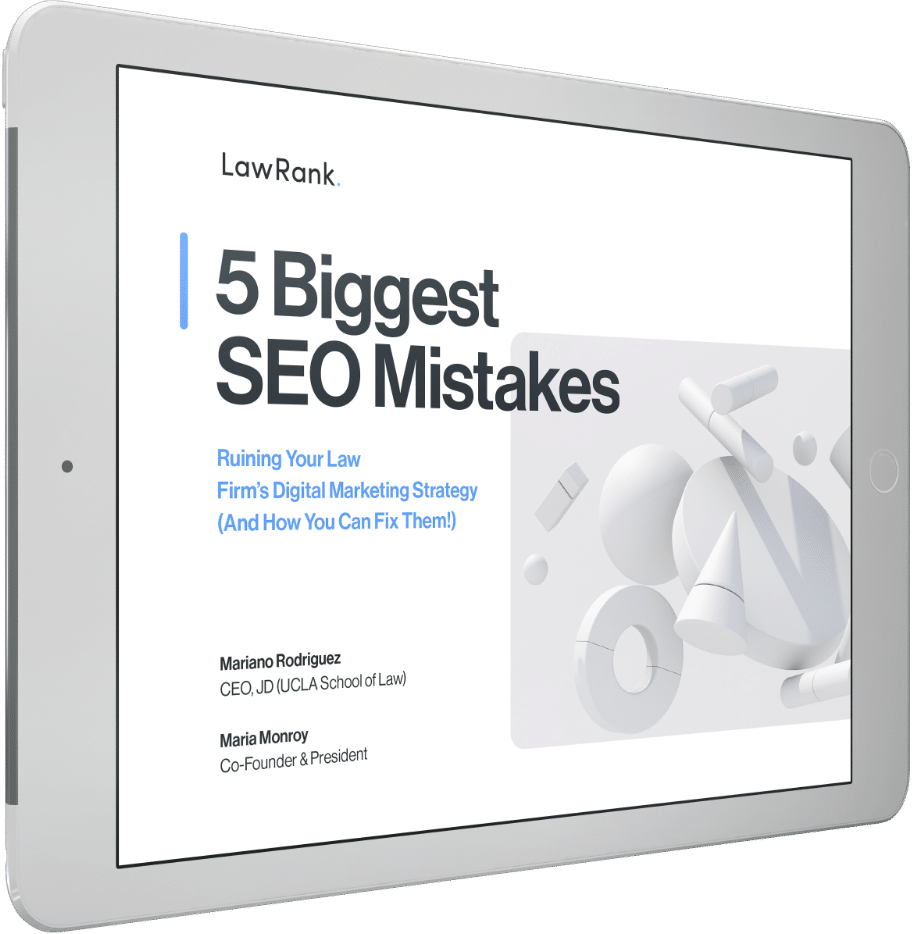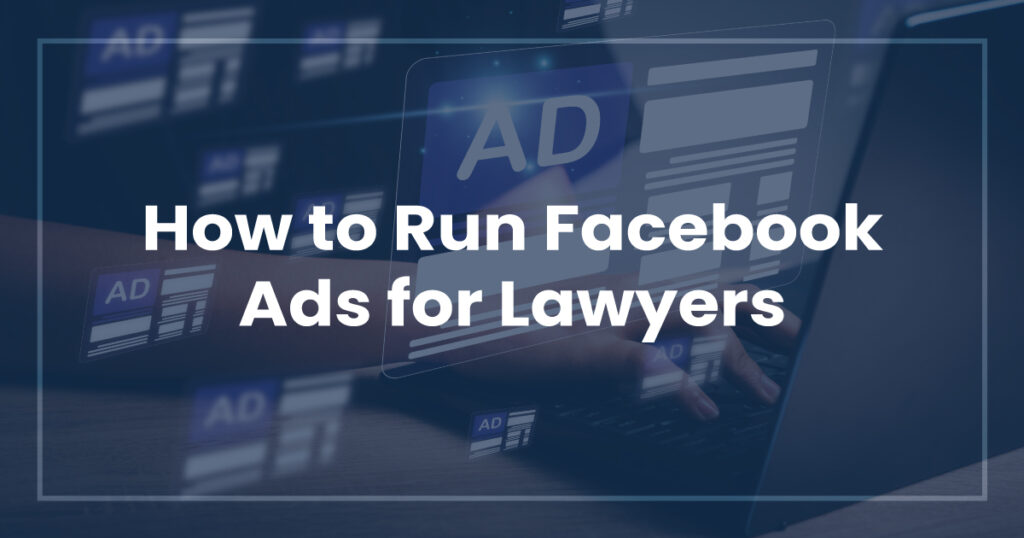
Facebook marketing is a powerful tool that allows you to reach a wide target market.
However, developing an effective marketing plan is critical to ensuring that your Facebook ads reach your target market and that you see the increase in leads that you need for your law firm.
Whether you already have a Facebook presence and want to improve it or you’re launching an ad campaign for the first time, take these strategies into account.
Why Should I Run Facebook Ads?
Facebook ads are a great way to get your firm in front of more potential clients without breaking the bank.
Your Potential Clients are Probably on Facebook
Around 68 percent of American adults use, or have used, Facebook. That means a wide percentage of your target market is there, where you’ll be able to find them easily.
Many of Your Competitors are on Facebook

An estimated 57 percent of lawyers have a Facebook presence. If you don’t have one, you’re not just missing out on opportunities to connect with members of your target market – you’re leaving them to the competitors that are also there.
Facebook Offers Effective Targeting

Facebook’s ad targeting strategy allows you to specifically target
- Potential clients who have already visited your website
- People who are searching for information about specific topics, including those related to your legal field
- People within a specific geographic area
With your highly targeted marketing efforts, you can narrow down your advertising and improve your ability to reach people who are likely to genuinely need your services.
1. Start with Your Website
The end goal of your Facebook ads isn’t to increase engagement on your social platforms.
While increased engagement allows you to connect with your target market, it doesn’t help bring qualified leads where they need to be: into contact with you. That’s where your website comes into play.
Before you launch your first ad, take the time to go over your website – most notably, your content library. Consider
- What information does a potential client need to know in order to make a decision about your company?
- What information do you already have on your website that will entice potential clients?
- What questions do you need to answer for potential clients?
Look for blog posts, FAQs, videos, and other content that you can promote on your Facebook page that will help guide potential clients to your website.

You’ll also want to look for helpful topics you haven’t covered yet so you can add those pieces later.
Keep in mind that you don’t have to grow your entire content library at once. Instead, craft a couple of high-quality pieces that will guide interested clients into your sales funnel.
Once you have those pieces in place, you can work on building out the rest of your content library.
2. Create Your Facebook Page
Before you can start generating traffic through Facebook marketing, you need to have a Facebook page. This is the platform you will use to connect with leads.
Access and Admin Rights
Make sure that the right people have access and administrative rights to your law firm’s Facebook page.
Keep in mind that if only a single user has access, it can prove difficult to recover the account if something happens with your page. On the other hand, you do not want to provide access to people who shouldn’t be speaking on behalf of your brand.
Make a few trusted employees (including your social media manager) admins on your page, and ensure you’re on the admin list, too.
Branding

Your clients should have the same experience with your brand regardless of where they interact with it, including on your Facebook page.
Ensure your business description, posts, and images align with your overall branding. Your profile picture should be your law firm logo, and you should include your logo and your brand colors in any images you post.
Contact Information
The contact information on your Facebook page is some of the most important information you will provide to interested users.
Include your website, phone number, and street address, and ensure you update them regularly. You don’t want to lose out on business because a potential client calls an old number from your Facebook page.
3. Determine Your Goals

Set clear, easy-to-follow goals for your Facebook ad campaign.
There are plenty of metrics you can track, including “vanity metrics” related to views and engagement. However, the number of leads you bring in with your campaign is more important. Consider metrics like
- Qualified leads
- Conversions
- Clicks (visits to your website that come from your Facebook ads)
- Client acquisition cost (based on the cost of the ads)
By setting your goals clearly ahead of time, you can increase the odds that your marketing efforts will achieve those goals.
Make sure that your goals are specific, measurable, attainable, relevant, and timely, based on the current performance of your overall marketing.
4. Let Facebook’s Ad Manager Walk You Through the Process
Facebook, like many other platforms, has an ad manager tool that will help walk you through the marketing process.
Setting Your Goals

The first thing Ad Manager on Facebook will ask you to do is set your objective for the campaign. Since you’ve already laid out your big-picture goals for the campaign process, select the one you need, then move forward.
You’ll be able to choose from
- Awareness – Get the maximum possible number of eyes on your business name
- Traffic – Increase traffic on your website
- Engagement – Find people likely to engage with your post, send you a message, or follow a CTA
- Leads – Connect with people likely to send you a message, sign up for a newsletter, or call your firm
- App promotion – Get more people to download an app
- Sales – Connect with people likely to make a purchase
Depending on your specific goals, you’ll likely want to choose the awareness, traffic, or leads goal. Take a look at each of these options and decide which best aligns with your aims for this campaign.
Targeting
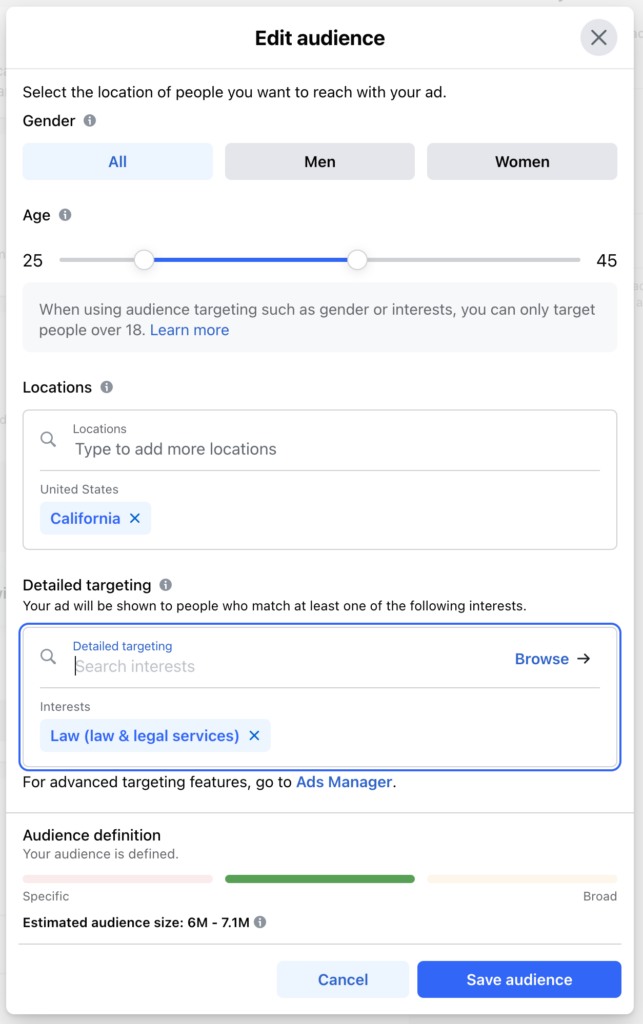
Next, you’ll need to select the target market for your Facebook Ads. You may narrow your target audience based on factors such as
- Location
- Interests
- Gender
- Age
- And so on
In addition, Facebook will allow you to target your marketing campaign based on other factors, like pages the audience may have interacted with in the past.
We’ll talk more about how to narrow down your target audience in a bit.
Setting the Budget
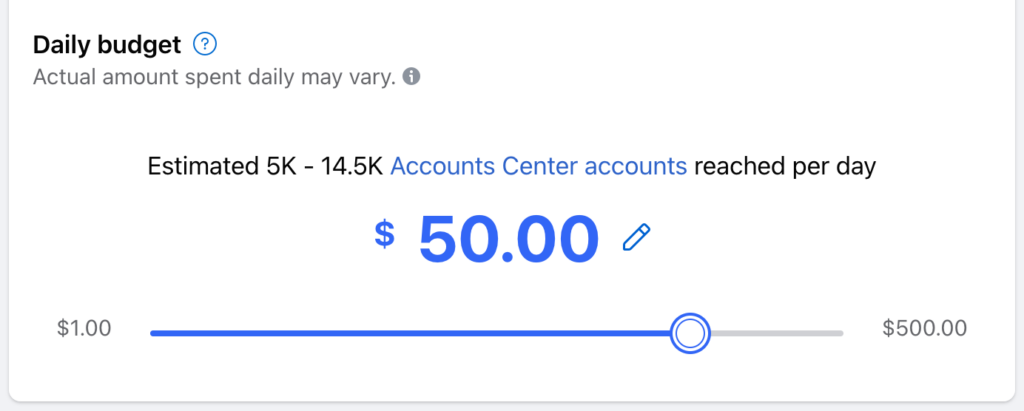
Next, Facebook Ad Manager will ask you to set the budget for the campaign. This is the amount that you intend to spend on this ad.
Facebook will run the ad based on your scheduled duration or until you reach the end of that budget, at which point, you will either need to put more funds into the budget or start a new campaign. How many people Facebook shows your ad to depends on how large your daily budget is.
For your early ads, you may want to set a more limited budget so that you can get a better idea of overall performance. As your understanding of Facebook Ads improves, you can set a larger ad budget that will better fit your ongoing needs.
Scheduling Posts

You’ll need to carefully consider when you want your ads to appear.
If you’re a business lawyer, you may want your ads to appear during business hours, where the right professionals will see them during their lunch or social media breaks. On the other hand, if you’re a family lawyer, you may want to time your posts to appear after working hours.
Some times of day are naturally more popular than others, which means that it will cost more to have your ads appear during those times. However, those times are also when potential clients are most likely to be online.
Working with an experienced marketing agency like LawRank can help you determine the best time to schedule your ads to make sure they get maximum visibility while making the most of your budget.
Designing the Ad

Once you’ve selected the parameters of your ad campaign, you’ll need to upload the ad itself.
Your Facebook ad should include a clear headline that lets your audience know what they’re looking at, as well as a call to action that directs customers to the next steps. You also want to make sure your ad follows your branding and includes your firm logo.
Don’t forget to use images specifically formatted for Facebook since that will give you the best visibility.
Paying for Your Ads
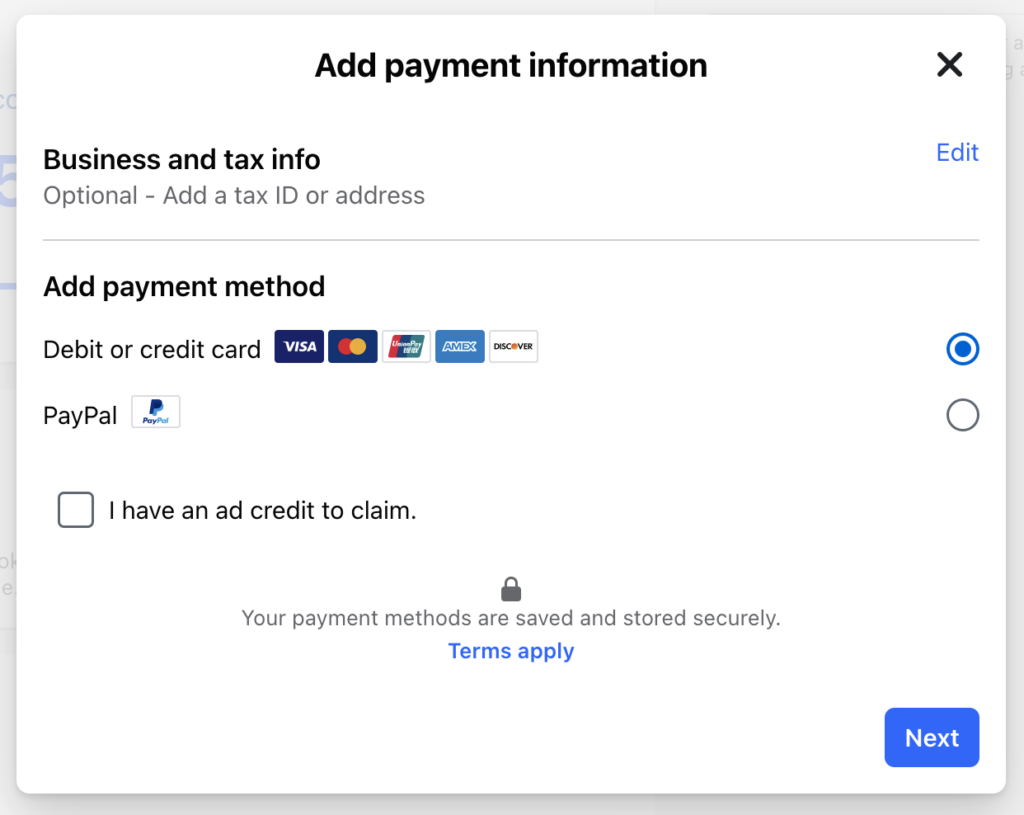
Finally, Facebook Ad Manager will show you payment options. Once you’ve set up payment (usually by inputting a credit card), you’ll be ready to publish your ad and launch your new campaign.
5. Track Your Performance
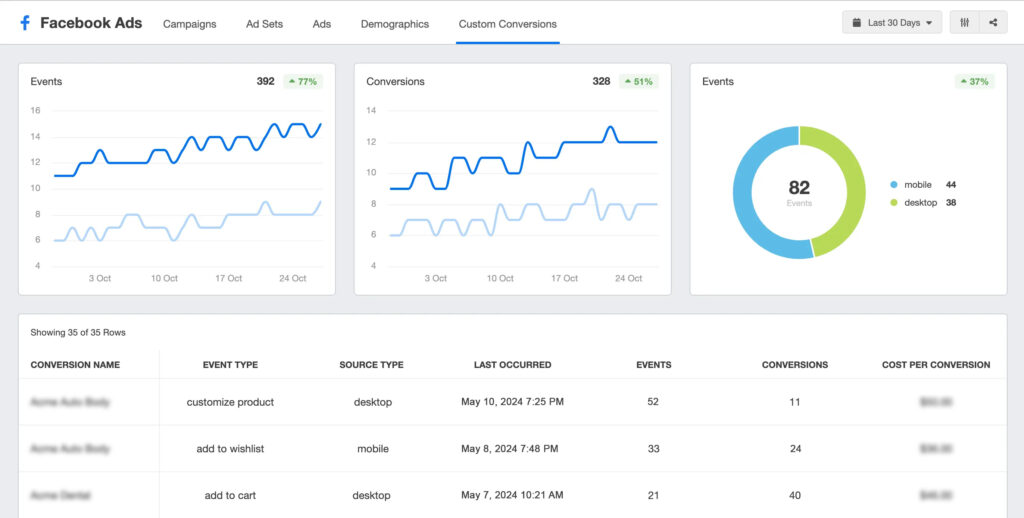
Once you’ve created your first Facebook ad, you’ll need to track your performance to see how the ad does.
Keep up with impressions, click-through rates, and leads acquired from those ads. As with any other marketing strategy, your metrics can tell you a great deal about how your ad is performing.
For example, if you’re seeing a high click-through rate but aren’t getting a lot of leads, it could be because your ad isn’t providing the right type of content for your target audience.
Likewise, if you aren’t seeing any ad engagement at all, you may need to change your format or content to better reach your audience.
Over time, you’ll develop a feel for what types of ads and content perform best for your needs. You may want to consider testing your results – changing small things about your ad to see what customers respond best to and how those changes influence the metrics you’re tracking.
Always keep your goals in mind as you’re monitoring ad performance. You want to focus on the metrics that are most important to your specific business goals.
Tips to Improve Your Facebook Ads

There are several things you can do to improve your Facebook ads and get a better ROI on them.
1. Narrow Down Your Target Audience
The more you know about your target market, the better you can target your ads directly to them. That means knowing not just the basic demographics for your target audience (including their average income level and age) but also the content they’re interacting with on Facebook.
As you’re narrowing down your target audience, it may be a good idea to refer back to the customer profile you created when you wrote your firm’s business plan.
The better you target your ads, the more efficiently your ad dollars will ultimately be spent. Rather than spending money showing your ad to people who don’t need your services, you can ensure that every dollar goes to showing your ad to solid potential leads.
2. Know Your Audience’s Pain Points
What do the members of your target audience really want to know? What questions are they dealing with that you can answer?
If you want to draw potential clients to your website, you need to create content that resonates with them.
For example, a family attorney specializing in divorce cases may want to focus on content that handles the issues of child support, child custody, and the divorce process itself.
On the other hand, if you specialize in personal injury law, you may want to create content that talks about navigating interactions with insurance companies or how to handle the immediate aftermath of a car accident.
By developing content that speaks to your target audience, you let them know that they can trust you with the challenges they’re facing.
You also develop a higher level of trust between yourself and your audience. That means they’re more likely to trust your firm when they’re ready to choose an attorney.
3. Make It Engaging
If your content isn’t engaging, it’s not going to draw in your target audience or develop that high level of trust.
Create content that answers questions, drives traffic, and encourages your audience to maintain that deeper connection with your brand.
Don’t lock yourself into a single ad format, either! Video content gets three times more interactions from viewers than the next leading format, while infographics can help you keep your content easy to browse.
Using a mix of content types can help you find the best format to communicate each message.
4. Keep Testing Results
In order to develop effective content, you need to know what works.
Working with a marketing agency that specializes in law firms can give you a more accurate insight into what your target audience is looking for and what your competitors are doing, but that’s only a start. Your firm is unique, and there’s no one-size-fits-all marketing strategy.
Keep testing your results to give you a better idea of what works best for your brand.
5. Create Content for Your Full Sales Cycle
Facebook ads aren’t just for the awareness stage. You also want to create content for the other stages of the sales funnel – content that will help clients in the middle of the cycle or the conversion phase make buying decisions.
6. Pay Attention to Frequency
You don’t want your ads to go to the same people all the time, but you do want potential clients to see your ads often enough to develop a high level of trust in your brand and ultimately decide to hire your firm.
Experiment with different frequencies in your campaigns. Run some a little closer together and others a little further apart. Once you find the sweet spot that gets you the best results, stick with it.
Get More from Your Marketing
Facebook ads can be a great way to grow your firm’s digital presence. Always stay focused on your goals, and keep track of how your ads are performing. A legal marketing company can help you get better results and more bang for your buck.
If you want to make the most of your legal marketing efforts, LawRank can help. Let us take over dealing with the marketing details while you focus the details of running your law firm. Contact us today to learn more about how we can help manage your Facebook ads campaign.
